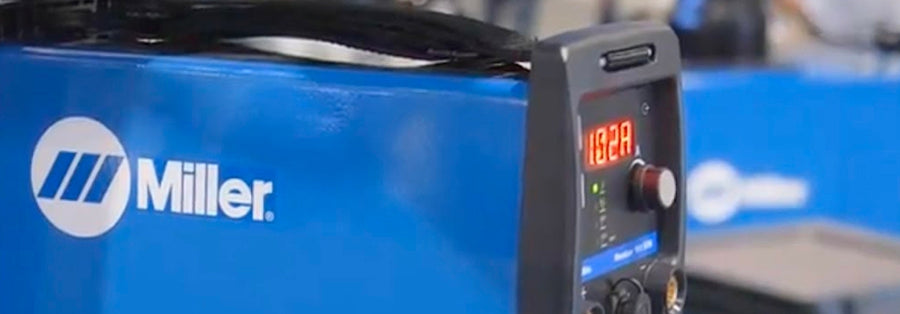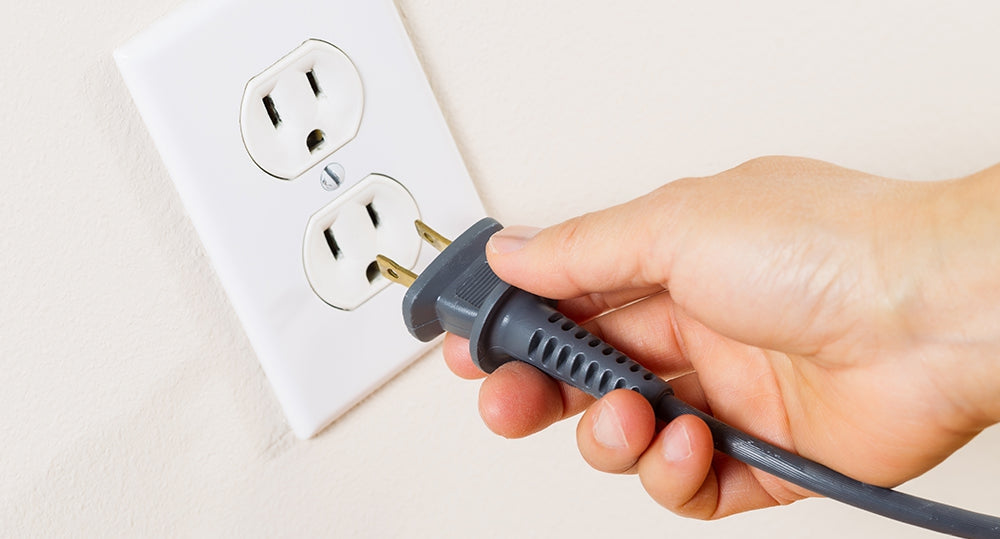The $1.4 billion stealth bomber pulled out onto the runway of Guam’s airforce base. The wet, humid air was foreign to the silent behemoth, which had largely been developed in the dry deserts of the western United States. But what was a little moisture to an aircraft that represented the pinnacle of modern innovation?
The colossal flight machine began taking off. As it collected speed, it suddenly pitched upwards much too soon. Without enough speed to stay in the air, the plane rolled to one side, its wing slamming into the ground. While both pilots were able to safely eject, the plane was a complete loss.
What caused this $1.4 billion masterpiece to become a pile of mangled ruins? A small, fairly inexpensive humidity sensor. Since the stealth bomber had been calibrated for the dry deserts where it spent most of its time, the small sensor misread information to the rest of the machine. This caused the auto-piloting feature to try and take off much too soon. For all its large, advanced components, it turned out that the stealth bomber’s most important part that day was a very basic piece.

The exact same principle holds true for your welding helmet and lens covers. While they might seem like a basic, insignificant aspect, they play a vital role in the longevity and functionality of your helmet. Here’s exactly what you need to know about welding helmet lens covers.
Lens vs. Lens Cover
Let’s cover the basics. Auto-darkening helmets use a system of advanced lenses to adjust lighting conditions and block harmful rays from reaching your eyes. The electronics within these lenses are highly sensitive.
In order to protect your lens, covers are used. Often welders don’t even notice or realize that what they’re referring to as the “lens” is actually a cover. A great example of this is the ESAB sentinel helmet (seen below).
If you look at the image, you’ll notice the yellow, clear piece that some welders might call “the lens.” That is actually the Sentinel’s front lens cover. The real lens is behind the cover.

Why Does That Matter?
Welding is inherently messy. Spatter and all sorts of other globs of fun foreign material will naturally begin to coat your equipment. This is especially true for helmets since you need to be close enough to see your work.
As debris begins spattering on your helmet, your lens cover is there to protect your actual lens. Once the cover is dirty or damaged enough that it’s affecting your vision, it’s designed to be easily replaced. Some welders understand this and some don’t. We’ve seen some lens covers so encrusted, the welder must be using echolocation to work.
Many helmets have two covers, one for the outside (front) and one inside. Generally, the outside cover needs to be replaced much more often than the inside. How you actually change the covers will depend on your specific helmet. You should check your manual for details.
Always, Always Remember
A situation can sometimes arise when a welder is working. Suddenly a bunch of molten metal is spattered up onto their lens cover. Or maybe it’s mud or dirt. Regardless, the welder doesn’t have any extra lens covers with them. Realizing they can’t see, the welder pops off the lens cover and begins welding without it.

Unfortunately, that’s the worst thing you could do, and here’s why: Once your cover has been removed, nothing is protecting your actual lens from being damaged. Even just one stray bit of spatter and the sensitive electronics on your helmet can be ruined forever. To make things even worse, most welding helmet warranties are voided if you weld without a cover.
Don’t let lens covers be the sensor that crashes your $1.4 billion plane. Make the smart move. Buy some extra lens covers and replace them when needed. It’s a welding basic, but knowing how to take care of your helmet properly can play a big role in the longevity of your equipment. To get the best prices on helmets and lens covers, check out Welding Supplies from IOC.





